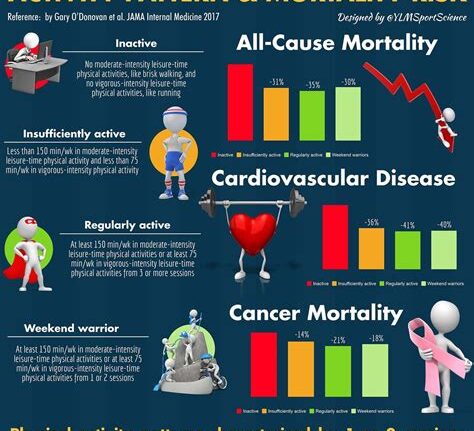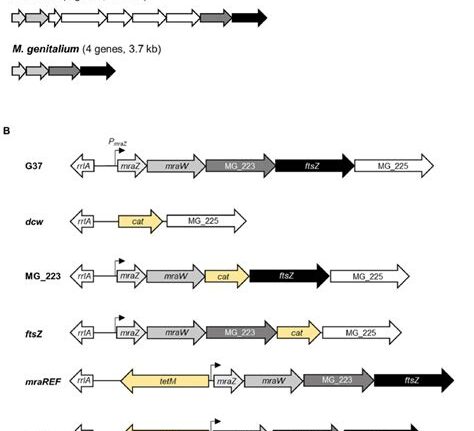A team of passionate researchers embarked on a groundbreaking journey to unravel the intricate web of connections between where people shop for food and the prevalence of obesity-related cancers. Their study, recently unveiled in BMC Medicine, sheds light on a crucial yet often overlooked aspect of public health.
Meet the masterminds behind this innovative research – Assistant Professor Ran Xu and Ph.D. student Gaofei Zhang from the Department of Allied Health Sciences, along with Associate Professor Peter Chen and Ph.D. students Weixuan Lyu and Congcong Miao from the Department of Geography, Sustainability, Community, and Urban Studies. Joining forces with Qinyun Lin from the University of Gothenburg in Sweden, this diverse team delved into vast pools of data to decipher patterns that could potentially revolutionize our approach to combating obesity-related cancers.
“Obesity is closely intertwined with cancer,”
explains Xu solemnly.
“A significant percentage of new cancer cases each year can be attributed to excessive weight or obesity, underscoring the urgency of this issue.”
As they sifted through layers of information, an unexpected revelation emerged – simply increasing access to healthy grocery stores might not be the panacea we had hoped for.
Xu elaborates on their earlier discoveries that hinted at a complex interplay beyond mere proximity to healthy food sources:
“Our previous studies indicated a correlation between individuals’ shopping behaviors and various metabolic disorders like obesity, hypertension, high blood pressure, and diabetes – with obesity exhibiting the strongest link.”
In their latest endeavor, they sought to untangle whether there existed a tangible connection between people’s choice of food retailers and mortality rates from obesity-related cancers.
Drawing upon GPS data spanning 2018-2019 provided by SafeGraph in conjunction with retailer specifics from InfoGroup, the researchers meticulously categorized establishments. Grocery stores, large warehouse clubs, and farmers’ markets fell under the umbrella of healthy options while convenience stores and fast-food joints were deemed less desirable sources. This classification laid the groundwork for juxtaposing these details against mortality data sourced from 2015-2020 via the Centers for Disease Control and Prevention.
“In essence,”
Xu summarizes succinctly,
“our analysis illuminated that monitoring individuals’ movements proved far more predictive in anticipating obesity-related cancer risks compared to focusing solely on geographical proximity.”
The introduction of an activity-based index marked a significant leap forward in gauging such risks accurately; it outperformed traditional methods twofold in prognostic efficacy.
Chen injects a geographical perspective into their findings by highlighting disparities across different sociodemographic segments. Notably stronger associations surfaced within Hispanic communities – a phenomenon possibly linked to what scholars term as the
“Hispanic Paradox,”
wherein despite facing multiple risk factors due to societal disadvantages, Hispanic populations exhibit relatively better health outcomes owing to healthier lifestyle choices.
Furthermore… Shall I continue?









Leave feedback about this